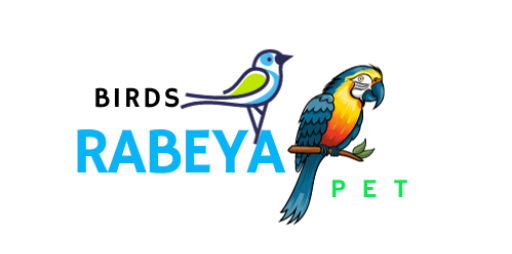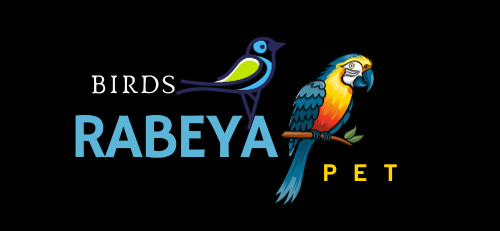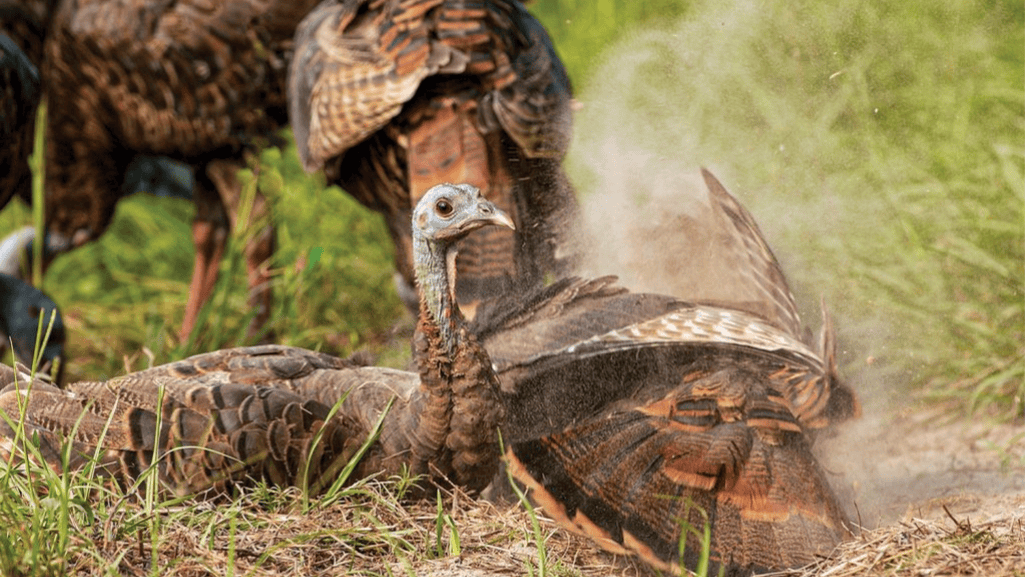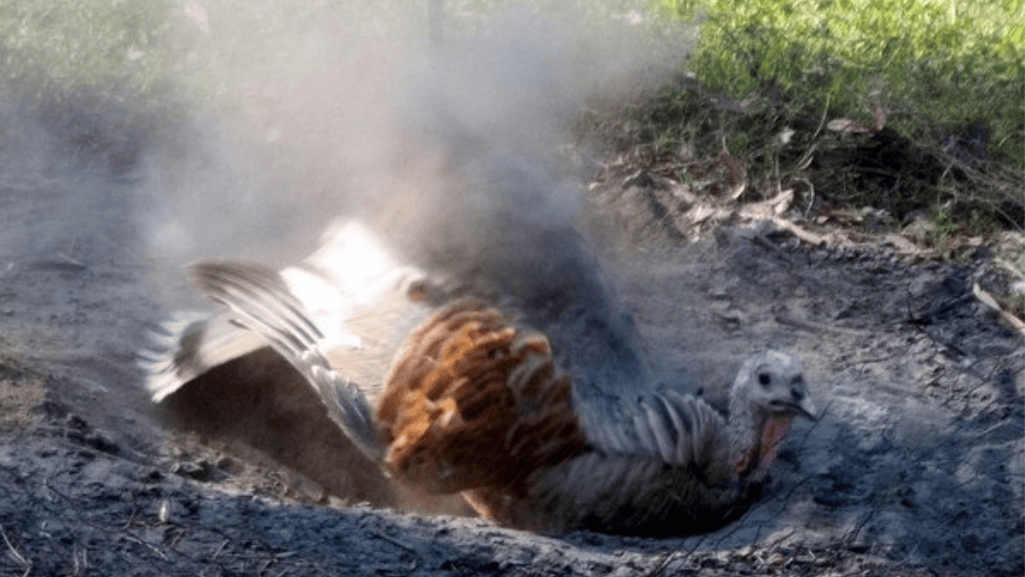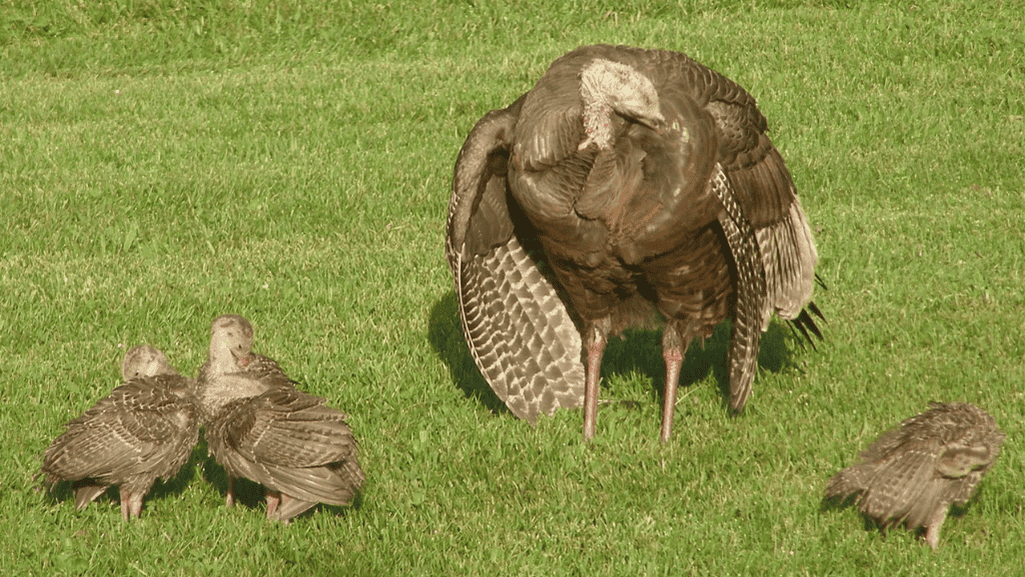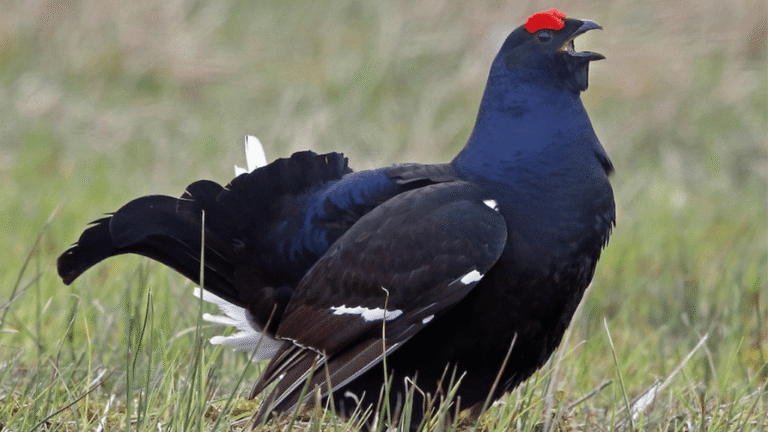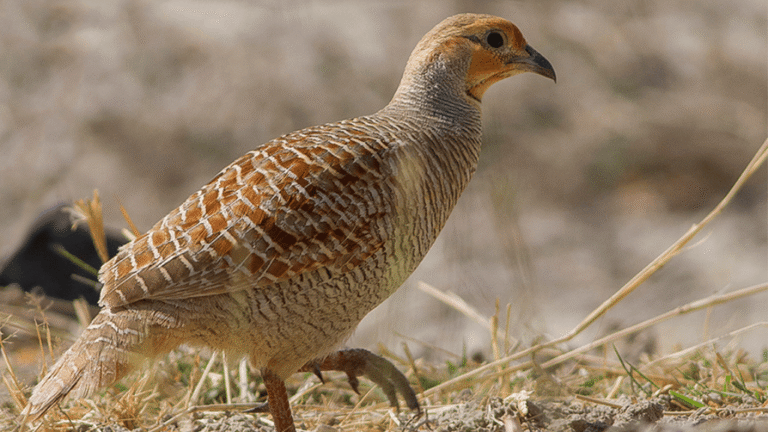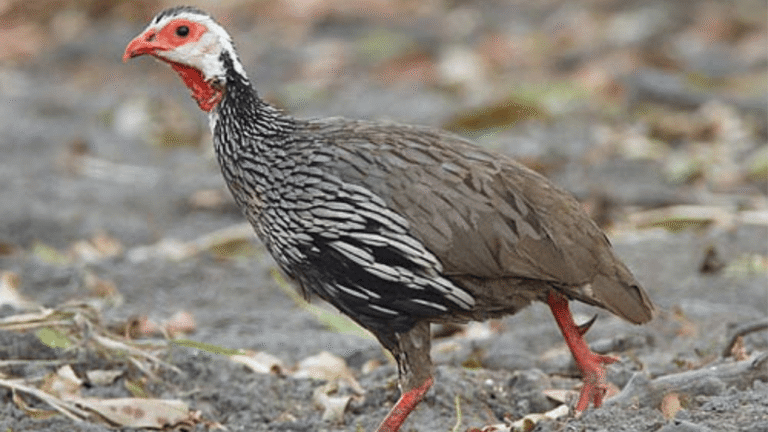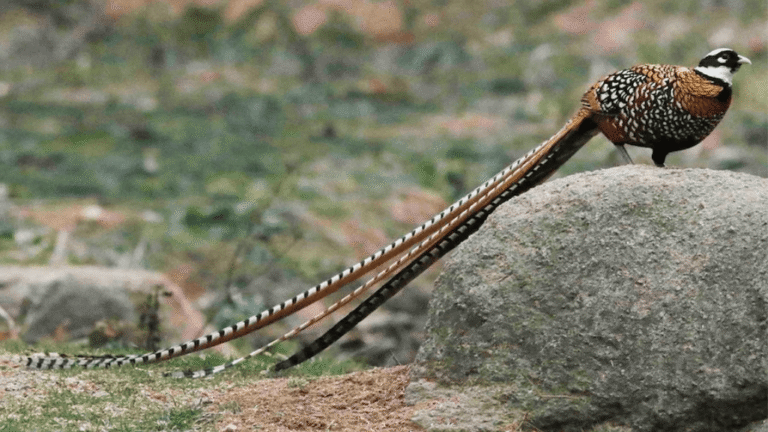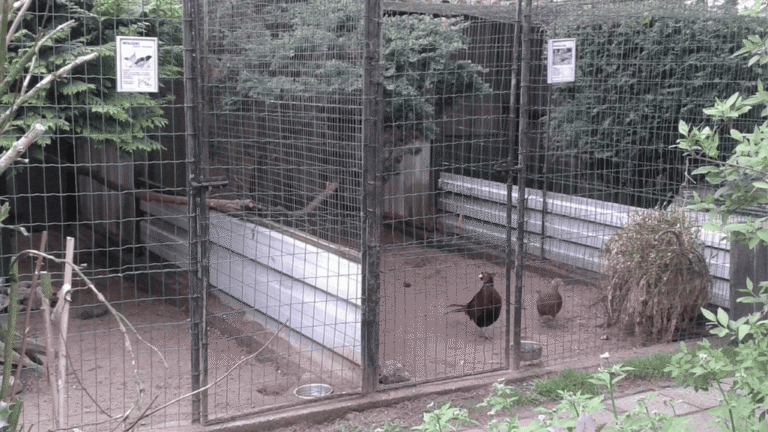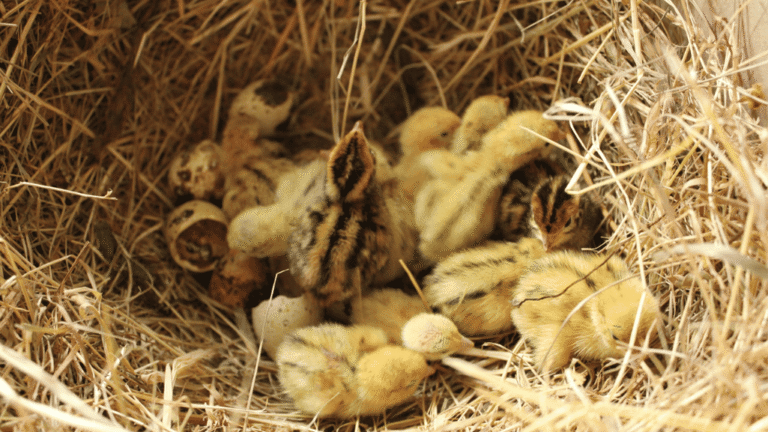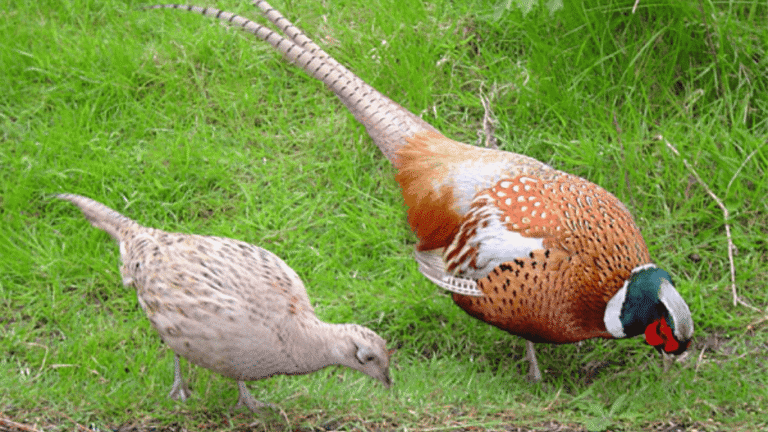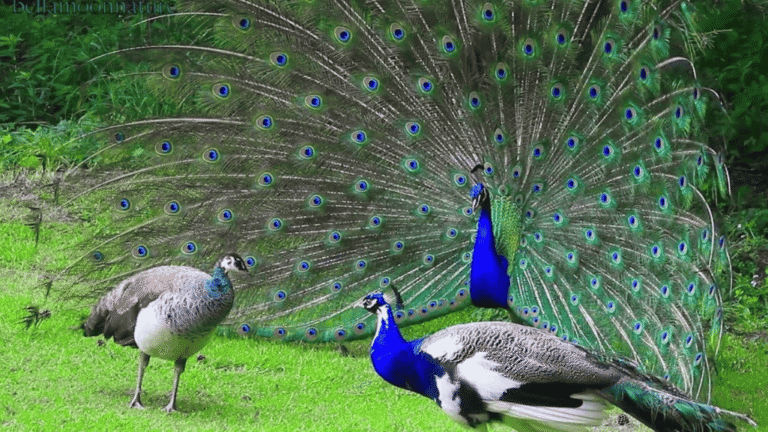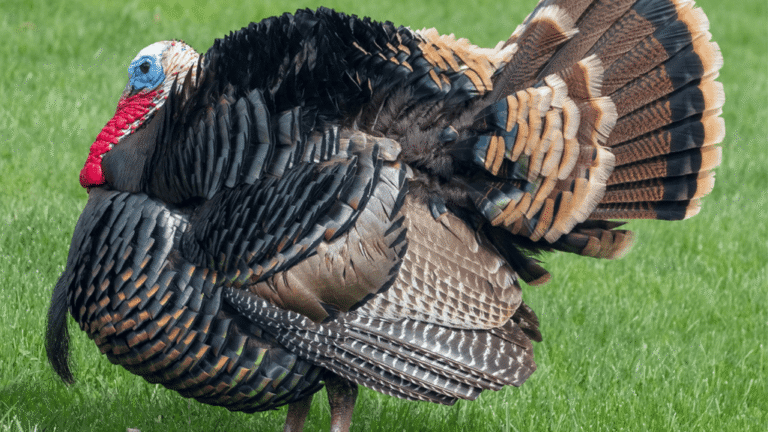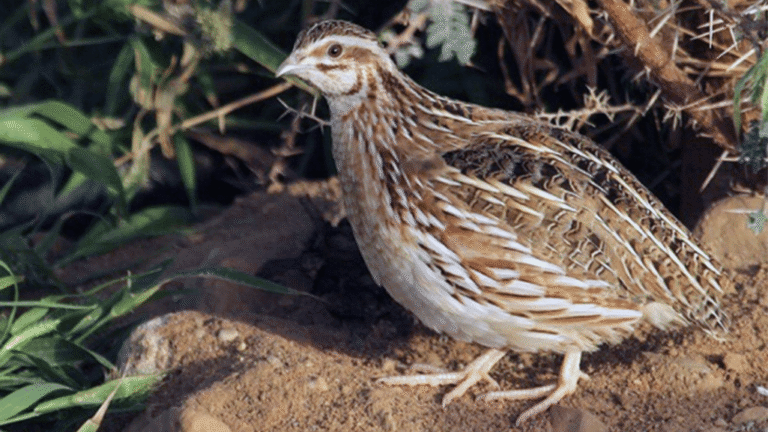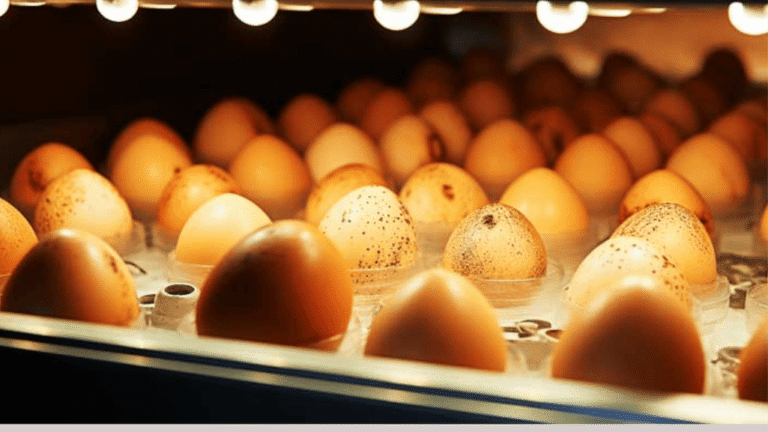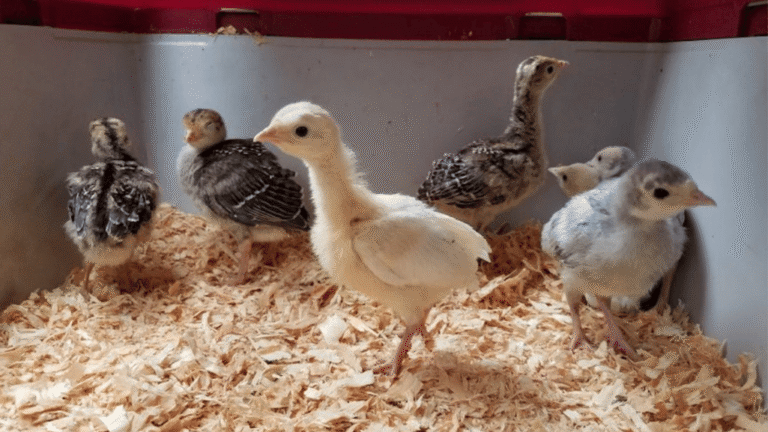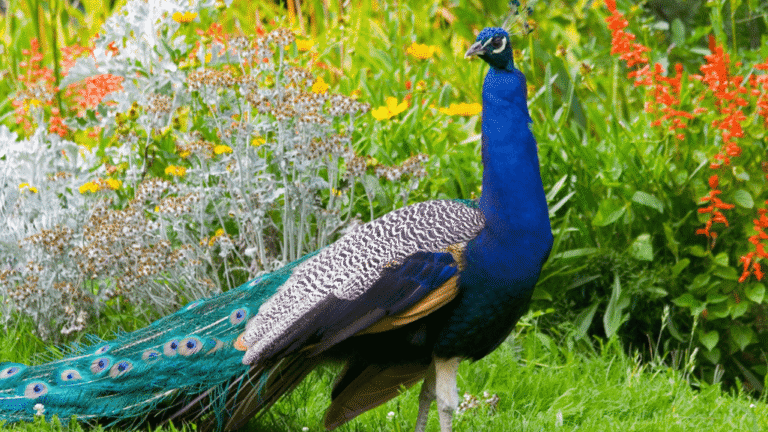Grooming is a vital part of a turkey’s health and appearance. It includes behaviors like preening, dusting, sunning, anting, feather preening, and stretching. These grooming techniques help to maintain the turkey’s plumage, remove dirt and parasites, and ensure the feathers are in optimal condition. Observing and understanding these grooming rituals can help turkey owners develop effective grooming strategies.
Key Takeaways:
- Turkey grooming techniques are essential for maintaining the bird’s health and appearance.
- Grooming tools for turkeys, such as combs, brushes, and dusting areas, can facilitate the grooming process.
- Knowing how to groom a turkey and implementing best practices will result in show-worthy birds.
- Regular grooming routines contribute to the overall well-being and attractiveness of turkeys.
- Understanding the various grooming techniques, including dusting, sunning, anting, feather preening, stretching, and fluffing, is crucial for successful turkey grooming.
The Importance of Dusting and Sunning in Turkey Grooming
Grooming is a vital part of maintaining a turkey’s health and appearance. While there are various grooming techniques that turkeys engage in, dusting and sunning hold particular significance.
Dusting is a common behavior observed in turkeys. This involves crouching or lying in dirt and vigorously flapping their wings to coat their bodies. By doing so, turkeys effectively remove debris, old secretions, and parasites from their feathers, promoting feather health and cleanliness.
“Dusting plays a crucial role in maintaining a turkey’s plumage. It helps them get rid of dirt and parasites that can negatively affect their overall well-being,” says Dr. Sarah Smith, avian veterinarian.
Sunning is another essential grooming behavior for turkeys. They bask in the warmth of the sun, which serves various purposes. Firstly, it helps regulate their body temperature, ensuring thermoregulatory control. Secondly, sunning aids in dislodging feather parasites, as these organisms are unable to withstand the heat. Lastly, the sun’s rays facilitate the drying of feathers after exposure to rain or moisture.
Both dusting and sunning contribute significantly to the condition and health of a turkey’s plumage. They play pivotal roles in removing impurities and maintaining the overall cleanliness and appearance of the feathers.
The Benefits of Dusting and Sunning:
- Promotes feather cleanliness by removing debris and parasites
- Prevents feather infections and infestations
- Regulates body temperature
- Aids in drying feathers after rain or moisture exposure
- Enhances overall feather health and appearance
Gaining insights into these grooming techniques, turkey owners can develop effective strategies to ensure their birds’ feathers remain in optimal condition. Implementing regular dusting and sunning sessions as part of a grooming routine is essential for maintaining healthy and beautiful turkeys.
Anting and Feather Preening in Turkey Grooming
Anting and feather preening are important grooming techniques that turkeys engage in to maintain the condition of their feathers and promote overall feather health. Anting is a behavior observed in many bird species, including turkeys, where they either actively or passively rub themselves with ants. This peculiar behavior is believed to have several benefits for turkeys, including the inhibition of parasites and the soothing of irritated skin during feather molting.
Feather preening, on the other hand, is the primary grooming behavior that turkeys rely on to align and maintain the condition of their feathers. During preening, turkeys meticulously remove dirt, parasites, and sheaths from newly molted feathers, promoting their proper development and health. Additionally, turkeys spread the secretions from their uropygial gland across their feathers during preening. These secretions serve multiple functions, such as keeping the feathers flexible and waterproof.
The uropygial gland, located near the base of the turkey’s tail, produces an oily substance that the turkey spreads throughout its plumage during preening. This oil helps to waterproof the feathers, preventing them from becoming waterlogged, which could lead to a loss of insulation and compromised flight capabilities.
Feather molting, the natural process of shedding old feathers and replacing them with new ones, plays a significant role in a turkey’s grooming routine. During molting, turkeys rely heavily on preening to remove old, damaged feathers and promote the growth of new ones. By engaging in consistent feather preening, turkeys ensure that their plumage remains healthy, vibrant, and well-suited for their environment.
To summarize, anting and feather preening are vital grooming behaviors that turkeys engage in to maintain the health and condition of their feathers. These techniques, which include the application of ant secretions and the spreading of uropygial gland secretions during preening, help turkeys combat parasites, soothe irritated skin, and ensure that their feathers remain clean, flexible, and waterproof. By engaging in these natural grooming behaviors, turkeys can showcase their vibrant plumage and thrive in their environments.
Stretching and Fluffing in Turkey Grooming
Grooming is an essential aspect of maintaining a turkey’s health and appearance. In addition to behaviors like preening and dusting, stretching and fluffing play a vital role in turkey grooming techniques. Let’s explore how these actions contribute to feather alignment and overall feather care.
“Stretching is an essential part of turkey grooming as it helps loosen and flex muscles, prepares feathers for preening, and provides space for effective grooming.”
When turkeys stretch, they engage in movements that help them loosen and flex their muscles, promoting flexibility and range of motion. This stretching is particularly important for turkeys that are confined to coops or pens, as it allows them to exercise their bodies and maintain a healthy level of mobility.
Furthermore, stretching prepares the feathers for preening. Preening is the act of aligning and maintaining the feathers’ condition. After stretching, turkeys can effectively go through the preening process, removing dirt, parasites, and sheaths from newly molted feathers.
Another significant aspect of turkey grooming is fluffing. Once turkeys have completed the preening process, they engage in fluffing to ensure that all their feathers are properly aligned and in optimal condition.
“Fluffing allows the turkey to align all their feathers after preening and ensure they are in optimal condition.”
Fluffing involves gently ruffling the feathers to realign them and create a smooth and consistent appearance. This process is essential for achieving proper feather alignment and feather care in turkeys.
By incorporating stretching and fluffing into their grooming routine, turkey owners can help maintain the bird’s plumage and overall appearance. These techniques contribute to the turkey’s comfort, health, and visual appeal.
| Grooming Technique | Benefits |
|---|---|
| Stretching | Loosens and flexes muscles Prepares feathers for preening Provides space for effective grooming |
| Fluffing | Aligns all feathers after preening to ensure optimal condition |
As turkey owners, it is important to observe and facilitate these natural grooming behaviors. Incorporating stretching and fluffing into the grooming routine will not only help maintain the appearance of the turkey’s plumage but also contribute to their overall well-being.
Conclusion
Grooming is an essential part of turkey care, ensuring the health, well-being, and overall appearance of these magnificent birds. By understanding and implementing the various turkey grooming techniques, such as dusting, sunning, anting, feather preening, stretching, and fluffing, turkey owners can effectively maintain their birds’ plumage in optimal condition.
It is crucial to observe and incorporate these grooming rituals into a regular grooming routine. By doing so, turkey owners can achieve show-ready turkeys with vibrant and healthy feathers. Following a comprehensive turkey grooming guide and implementing professional turkey grooming techniques will provide the best care, ensuring that these beautiful birds thrive.
Remember, grooming techniques like dusting and sunning help remove dirt, debris, and parasites from the feathers, while anting and feather preening contribute to feather health and maintenance. Additionally, stretching and fluffing aid in keeping the feathers aligned and in the best possible condition.
By following these comprehensive turkey grooming tips, turkey owners can provide their birds with the care they deserve, enhancing their well-being and maintaining their attractiveness. Incorporate these grooming techniques into your routine, and you’ll be amazed at the results!
FAQ
What are the essential grooming techniques for turkeys?
The essential grooming techniques for turkeys include preening, dusting, sunning, anting, feather preening, stretching, and fluffing. These behaviors help in maintaining the turkey’s plumage, removing dirt and parasites, and ensuring the feathers are in optimal condition.
Why is dusting important in turkey grooming?
Dusting is essential in turkey grooming as it allows turkeys to remove debris and old secretions from their feathers. By crouching or lying in dirt and flapping their wings, turkeys can effectively coat their bodies and maintain the condition and health of their plumage.
What is the significance of sunning in turkey grooming?
Sunning is a crucial grooming behavior for turkeys. By basking in the sun, turkeys can regulate their body temperature, dislodge feather parasites, and dry their feathers after rain. Sunning helps keep the feathers in optimal condition and contributes to the overall health of the turkey.
What is anting in turkey grooming?
Anting is a behavior observed in turkeys and many other bird species. It involves rubbing themselves with ants, either actively or passively. Anting is believed to help inhibit parasites and soothe irritated skin during feather molting, contributing to the turkey’s overall grooming routine.
Why is feather preening important for turkeys?
Feather preening is the primary grooming behavior for turkeys. It helps remove dirt, parasites, and sheaths from newly molted feathers. Additionally, feather preening spreads uropygial gland secretions across the feathers, keeping them flexible and waterproof.
What is the role of stretching in turkey grooming?
Stretching is an essential part of turkey grooming. It helps loosen and flex the turkey’s muscles, prepares the feathers for preening, and provides space for effective grooming. Stretching is important for maintaining the turkey’s overall plumage and ensuring they stay healthy.
What is the purpose of fluffing in turkey grooming?
Fluffing is a grooming behavior that allows turkeys to align all their feathers after preening. It ensures that the feathers are in optimal condition and contributes to the turkey’s overall appearance. Fluffing helps maintain the health of the turkey’s plumage.
How important is turkey grooming for their overall health and appearance?
Turkey grooming is critical for their health, survival, and attractiveness. Understanding and implementing the various grooming techniques like preening, dusting, sunning, anting, feather preening, stretching, and fluffing can help turkey owners maintain their birds’ plumage in optimal condition.
How can turkey owners incorporate grooming rituals into their regular routine?
Turkey owners should observe and incorporate grooming rituals like dusting, sunning, anting, feather preening, stretching, and fluffing into a regular grooming routine. By doing so, they can ensure their turkeys are show-ready and receive the best possible care.
